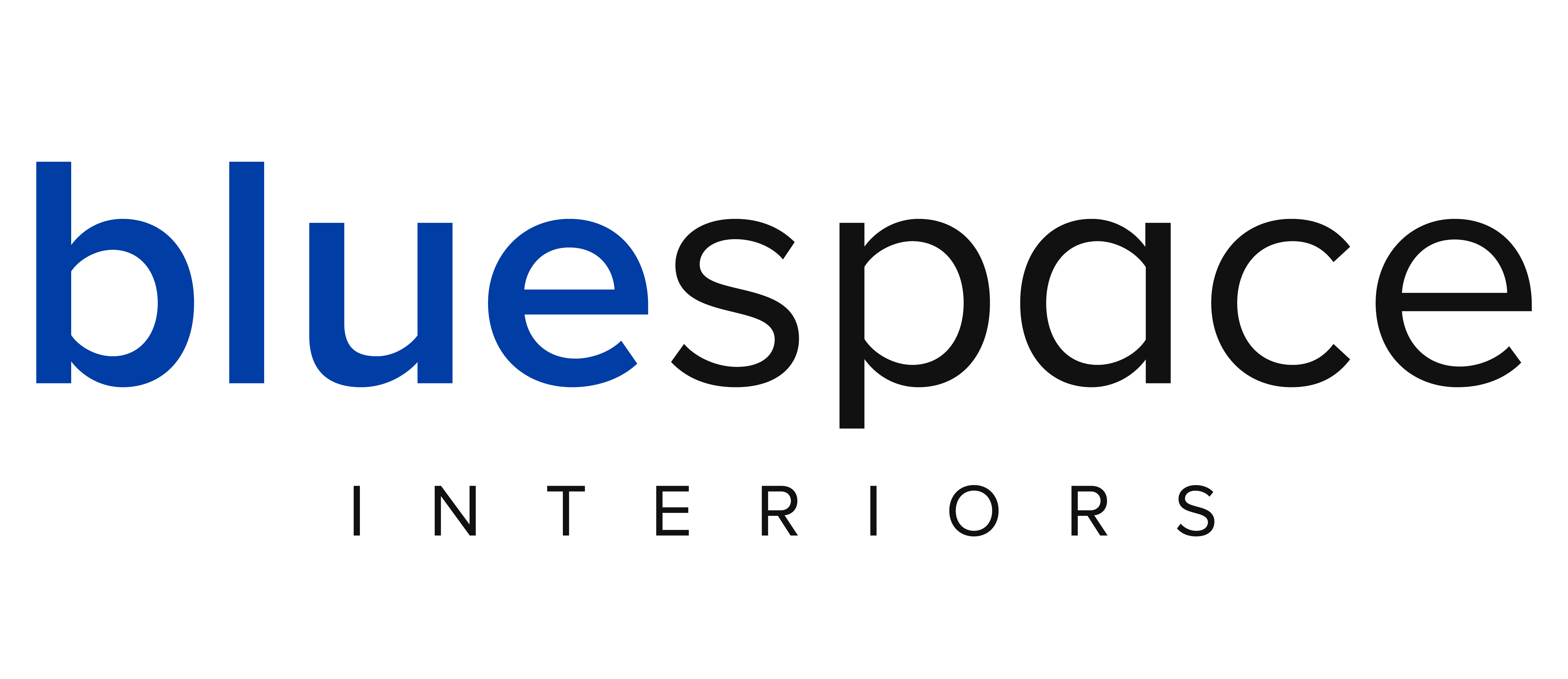
Solving the Issue of a Distracted and Noisy Work Environment
In 2019, approximately 75% of offices in the United States have an open concept floor plan.
Long gone are the days when large corner offices and tiny, gray cubicles were the standard.
The open office floor plan was supposed to encourage collaboration, energy, efficiency and community.
While the concept technically predates the 1940’s, open office floor plans have become increasingly popular in the last two decades.
The idea behind these floor plans has been to create an equal work environment that is light, open, cost effective, and more conducive to creativity.
Modern businesses care deeply about solving issues of communication, disrespect, and the lack of natural light that traditional walls and doors often produced. It was believed that the open office floor plan would remedy many of these problems.
But, in some instances, office noise, a lack of privacy, and poor planning to allow for retreat and collaborative spaces has created a distracted work force.
These stressors have led to high rates of employee dissatisfaction and a massive decrease in workplace efficiency.
While noise distractions may not at first seem like a make or break issue, a University of Sydney study found that the top complaint of employees in open offices is the high level of distracting noise that prevents them from focusing on tasks. This issue has measurably impacted the individual’s ability to complete work effectively.
Harvard’s new study even shows that in regards to fostering workplace community, open office plans have backfired.
Employees in these settings actually spend 70% less time in face-to-face interactions, and the rate of emails and text messaging between co-workers has shot through the roof.
With more and more people spending their days with heads ducked, and earbuds in, organic collaboration can actually decrease in these environments.
As this lack of privacy leads to poorer overall productivity and increased absences, companies are feeling the effects. Once thought to be a cost efficient design, the distractions produced in open offices can reduce workplace effectiveness if we do not design solutions into the planning.
To be fair, if you have an open office, there are benefits to your current floor plan.
The decreased daylight and total lack of social interaction that came with rows of gray, sterile cubicles and closed off doors has always had its own drawbacks.
Natural light, warm aesthetics, and a place to connect with co-workers remains an important part of office culture.
So, the question really is, can we have it all?
Can we create a work environment with good energy flow, that is also free of chaos?
Is there a way to increase efficiency, decrease noise, and gain privacy without breaking the bank?
The solution is probably easier than you think, and it’s as easy as:
Absorb
Block
Cover
Absorb
Absorption of unnecessary sound waves can be achieved with acoustic wall panels, carpets, ceiling materials, or dividers.
Many acoustic wall panels are designed as a kind of functional art. These pieces add color and interest to your work area, while still contributing to the absorption of noise.
Block
High sound transmission class rated windows, low cubicle partitions, and wall panels can be strategically added to areas of your space to block noise.
This doesn’t mean that the construction of high walls are necessary. If you don’t already have high partitions in place, creating them will be costly and they’re sure to increase your energy bills as you work harder to heat, cool, and light individual spaces.
Lower partitions that include appropriate acoustic panels and materials are a more affordable and a more efficient solution.
Cover
When you’re dealing with issues of noise, covering distractions with unstructured, low level background sound gives you the most benefit per dollar spent.
Noise covering uses a combination of acoustic panels and a sound masking system to ensure privacy, increase productivity, and decrease employee distraction.
Sound masking systems use technology which actually adapts to noise levels. This means your system will be capable of covering distractions as they arise, without deafening the work space when it’s quiet.
When the 3 components of these ABC’s are combined in some way, they perform to increase the productivity and privacy of any work space.
Studies show that reduced noise alone leads to :
- Better focus
- Reduced distractions
- Reduced error rates
- Reduced stress
- Improved engagement
- Increased productivity
- Increased wellness
- Increased overall job satisfaction
Noise distraction is a very real problem in modern offices. But a solution does exist.
For a fraction of the cost of a remodel, you can achieve an attractive, peaceful space that is full of productivity.
To learn more about how we can help you put losses back in your pocket, and help you create a functional office space, (click here)

